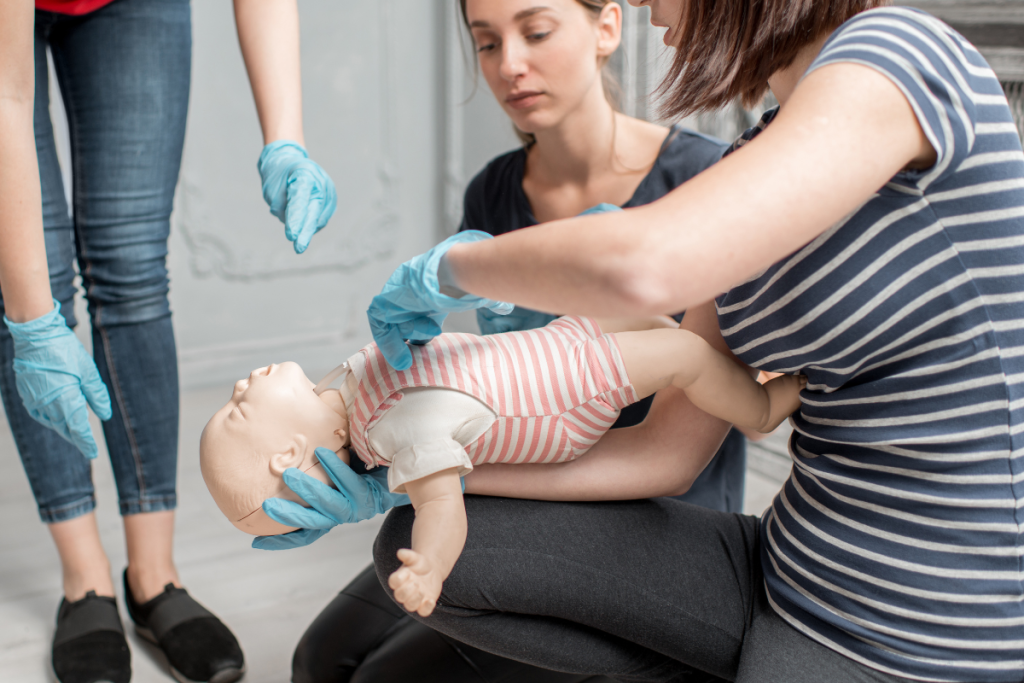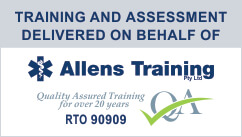The Essential Role of First Aid for Children
Understanding child-specific first aid is crucial in the journey of nurturing and caring for children. Given their adventurous spirit and natural curiosity, children are often at risk of injuries and health emergencies. This guide is crafted to empower parents and childcare workers with the necessary skills in first aid for children, ensuring the safety and well-being of young ones in their care.
Why Specialised First Aid for Children Is Critical
Children’s unique physiological attributes necessitate a tailored approach to first aid. Caregivers equipped with the right knowledge in first aid for children can effectively prevent and manage typical childhood emergencies.
1. Managing Minor Injuries: Cuts, Scrapes, and Bruises in Children
Effective Treatment: Gently clean the wound using mild soap and lukewarm water. Apply a child-friendly antiseptic and cover with a sterile bandage. For deeper lacerations, seek prompt medical attention. Prevention Techniques: Ensure play areas are free of sharp objects. Educate children on the importance of safety during playtime.
2. Choking Hazards in Children: Immediate Intervention
Recognition and Response: Distinguish between partial and complete airway obstruction. For complete obstruction, use abdominal thrusts (for older children) or back blows and chest thrusts (for infants and toddlers). Food Safety: Foods like grapes, carrots, and nuts should be cut into small, non-choking sizes. Always supervise young children during meals and snack times.
3. Addressing Burns and Scalds in Children: Rapid and Appropriate Action
Initial Treatment: Run cool (not cold) water over the burn for about 15 to 20 minutes. Gently pat dry and cover with a loose, sterile dressing. For severe burns, seek medical attention immediately. Preventive Measures: Educate children on the dangers of heat sources. Keep hot liquids, open flames, and electrical appliances out of children’s reach.
4. Allergic Reactions and Anaphylaxis in Children: Recognising and Acting
Symptom Identification: Observe for signs such as difficulty breathing, swelling of the face, lips, or tongue, and skin reactions like hives. Emergency Action: Administer prescribed antihistamines or auto-injectors (like EpiPens) immediately in the event of a severe allergic reaction. Contact emergency services promptly.
5. Febrile Convulsions in Children: Management Strategies
Responding to Seizures: Ensure the child is in a safe area. Do not restrain them and avoid putting anything in their mouth. After the seizure, seek medical advice. Fever Control: Regularly monitor the child’s temperature. Utilise fever-reducing medications as prescribed and keep the child cool and comfortable.
6. Sprains and Fractures in Children: Effective Care and Prevention
First Aid Care: Immobilize the affected limb. Use cold packs to reduce swelling. Seek professional medical assessment for suspected fractures. Activity Safety: Promote safe play. Ensure children wear appropriate protective gear during sports or activities.
Proactive Safety Measures in Environments for Children
Routine Safety Checks: Regular inspections of play and learning environments to identify and mitigate potential hazards. Child Education: Teach children basic safety rules and age-appropriate first aid principles.
Empowering Caregivers Through Training in First Aid for Children
Specialised First Aid Courses: At Simple Instruction, we offer courses focused on practical skills and knowledge relevant to first aid for children.
Building a Safer Future for Children with First Aid Training
Equipping caregivers with skills in first aid for children is a step towards creating a safer environment for children to grow and explore. Simple Instruction offer First Aid and CPR and a specific Parents First Aid course online to help you become a skilled caregiver in child first aid.

